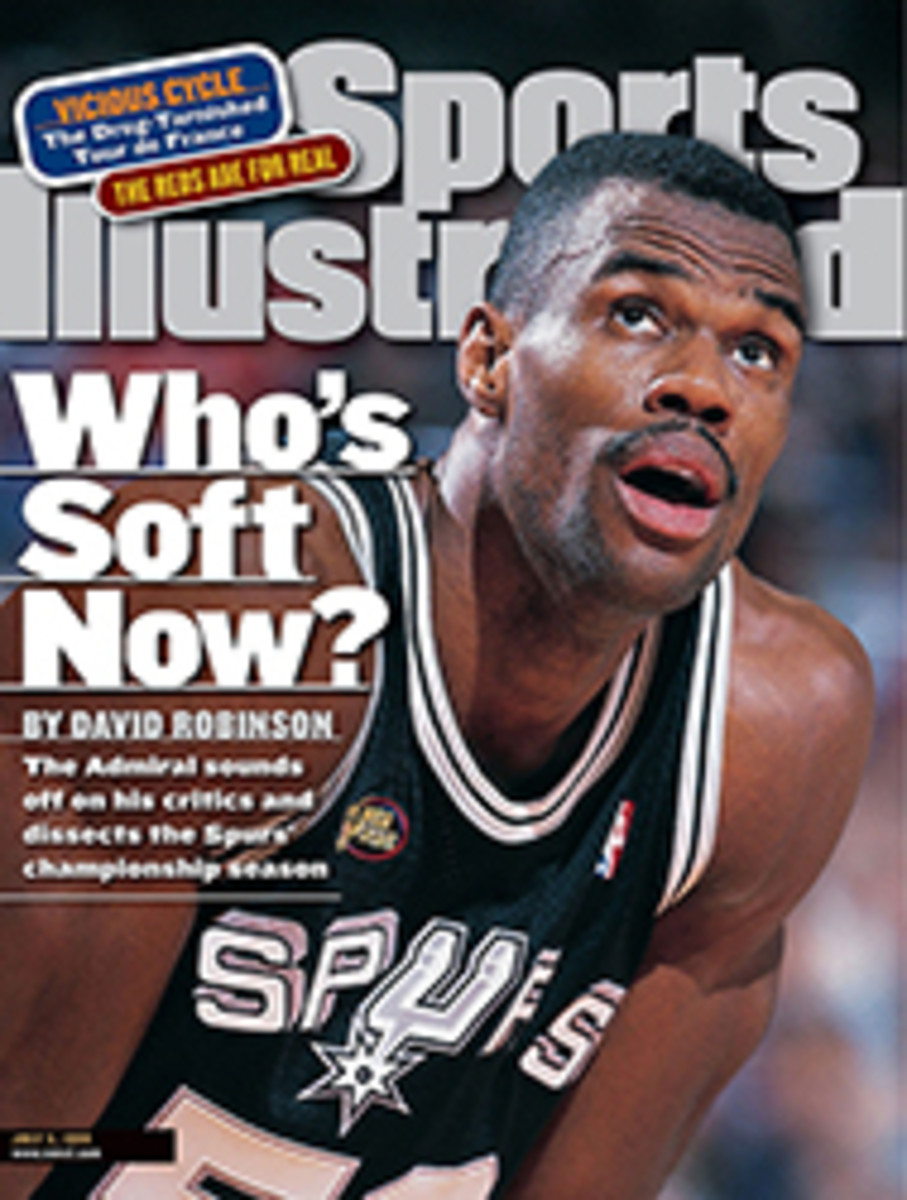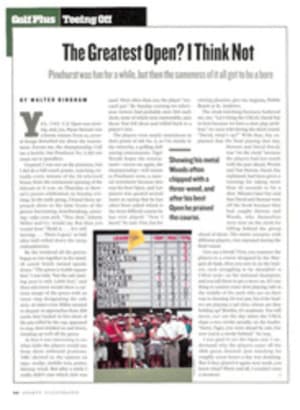
The Monster In My Memory
SI senior writer Paul Zimmerman remembers football Hall of Famer
Marion Motley, who died of prostate cancer in Cleveland on Sunday.
Most of the world never saw the real Marion Motley. What it saw
when the Cleveland Browns entered the NFL in 1950 was a
30-year-old fullback with two bad knees. He was still
functional, still capable of running with speed and power and
catching Otto Graham's swing passes--and of picking up pass
rushers who wandered through the wall. "He takes the romance out
of the blitz," said Weeb Ewbank, a Browns assistant in those days.
The real Marion Motley was the 232-pound monster who burst onto
the All-America Football Conference scene in 1946 and terrorized
the new league. That's the man who fascinated me as a youngster.
When he carried the ball, he was a gathering force. I can close
my eyes and see him running right at me in my seat at Yankee
Stadium in the 1947 title game, going 51 yards with Harmon Rowe
riding his back and punching him in the face.
"Smile, Marion," the photographers said afterward.
"I can't," he said. "They knocked out my front teeth."
Motley played defense, too. I remember him backing up the line
on one sweep, grabbing the Yankees' little Buddy Young by the
back of the pants and holding him up with one arm for the crowd
to see.
In the late 1960s I wrote a book called A Thinking Man's Guide
to Pro Football. In a chapter on Motley, I called him the
greatest player I'd ever seen. While writing the book I spent
days calling him, trying to set up an interview during the
Jets-Colts Super Bowl week in Miami. He was down there for an
old-timers' golf tournament, but he kept ducking me, making
appointments and then breaking them. Finally I was down to my
last shot, Sunday morning, game day. I made an 8 a.m.
appointment and showed up at six. He was putting on a green
pullover, getting ready to leave for the course. I panicked. I
told him I had to talk to him for that chapter, and I had to do
it now.
"Sorry," he said. "Getting ready to leave."
My next words were stream of consciousness. "I was in Yankee
Stadium when you knocked Tom Casey out of football," I said. "I
was at Kezar when Norm Standlee tackled you and you crawled all
the way across the field to save the timeout. I was sitting in
the closed end zone in Yankee Stadium when you went for 51 with
Harmon Rowe on your back."
He gave me a long look, then started peeling off the pullover.
"Young man," he said, "you've got a long memory. Now what do you
want to know?"
We talked for six or seven hours. He was bitter--and wary. He'd
been burned by writers who had promised to write a book about
him, and by Paul Brown, who never saw fit to give him a job in
the Cleveland organization. But he remained a huge presence,
emanating power, strength and dignity.
Every now and then I look at old footage of Motley, and I'm
never disappointed. Does he remain the greatest all-around
player I've ever seen? Certainly he's the greatest fullback.
Tireless, devastating, explosive. It's hard to see how you could
play the game any better than he did.
B/W PHOTO: CLEVELAND BROWNS

